Welcome to a brand new feature which focuses on Movie Monsters, everything from the iconic to the downright infamous. In today’s edition, we take a look at the killer clown whose presence in cinema is ever more apparent, and attempt to unearth the mystery as to why these whimsical jokers became a thing of nightmares.
There was a time when a clown was considered a fun-loving entertainer, believe it or not. These modern day jesters would bumble around at children’s parties, clad head-to-toe in colourful, rambunctious outfits and perform the somewhat traditional act of slap-stick comedy. At carnivals, you would often find two dozen of them clambering out of a micro car or being shot face first out of a cannon to the maniacal enjoyment of others. This depiction seems like a long lost ideal as, nowadays, the very image of a clown is enough to give anyone the major creeps.
The evil clown is a prevailing stereotype in modern cinema, popularised notably by Stephen King’s IT. We just have to look at the current trend fueled by Andy Muschietti’s reboot and the influence it has with certain pranksters on social media. A new epidemic in the making.
The Icons
Ronald McDonald is probably one of the most recognisable clowns in history and that is all down to that fast-food giant, McDonalds. However, even though the character is still presumably part of their branding, he has disappeared from all current advertising material and television adverts. Experts may tell you that this was a direct result of the 2010 campaign against childhood obesity, but the underlying factor is that it has become relatively apparent that clowns do not test well with modern audiences.  Stephen King published It in 1986, in which the very essence of its main antagonist, Pennywise, was to appear as the one thing that the victims fear the most. An irrational fear of clowns, of course, has an actual name, coulrophobia. It’s a term which references how the obscure makeup and protruding features of a clown can make them look deformed and grotesque, something Tim Curry famously performed with naturalistic verity in the 1990 mini-series of the same name. It became a cult hit and with it came a more prominent fear of the killer clown.
Stephen King published It in 1986, in which the very essence of its main antagonist, Pennywise, was to appear as the one thing that the victims fear the most. An irrational fear of clowns, of course, has an actual name, coulrophobia. It’s a term which references how the obscure makeup and protruding features of a clown can make them look deformed and grotesque, something Tim Curry famously performed with naturalistic verity in the 1990 mini-series of the same name. It became a cult hit and with it came a more prominent fear of the killer clown.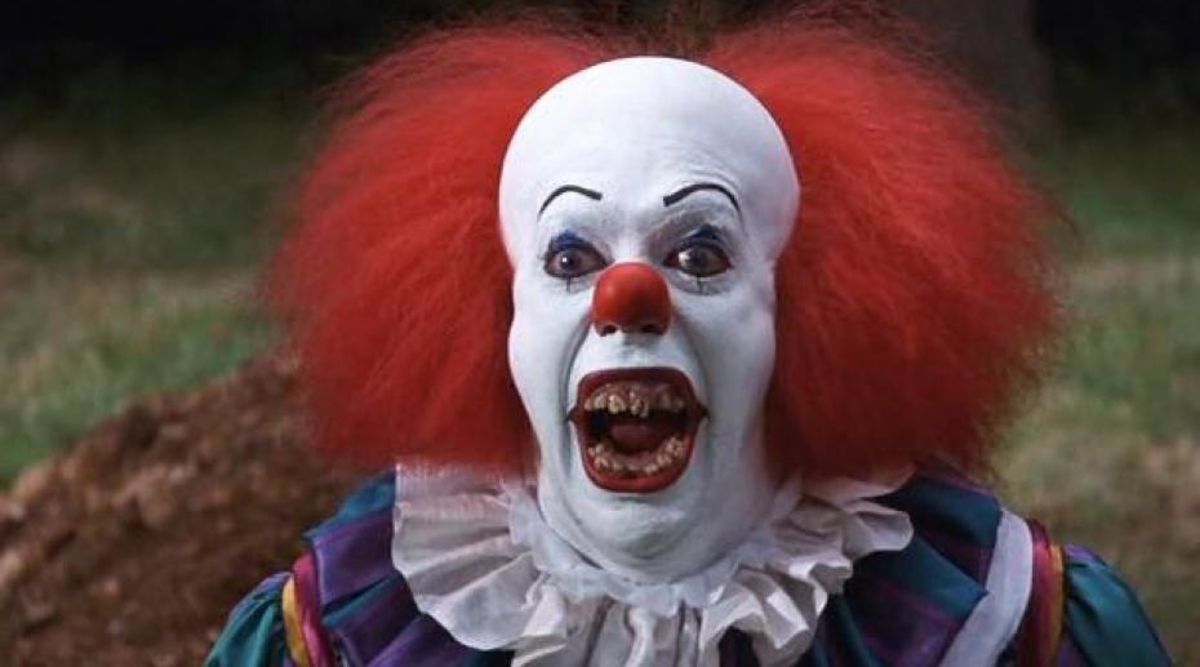 But King’s representation was certainly not the first encounter of an evil clown in popular culture. The Joker, who first appeared in the debut issue of the Batman comic book as far back as 1940, is arguably the most iconic fictional clown in history, leading numerous polls over the years as one of the greatest villains of all time. There have been numerous incarnations of the Caped Crusader’s nemesis on the big and small screen, but each one representing a more fantastical version of the evil clown as opposed to an idol of terror.
But King’s representation was certainly not the first encounter of an evil clown in popular culture. The Joker, who first appeared in the debut issue of the Batman comic book as far back as 1940, is arguably the most iconic fictional clown in history, leading numerous polls over the years as one of the greatest villains of all time. There have been numerous incarnations of the Caped Crusader’s nemesis on the big and small screen, but each one representing a more fantastical version of the evil clown as opposed to an idol of terror.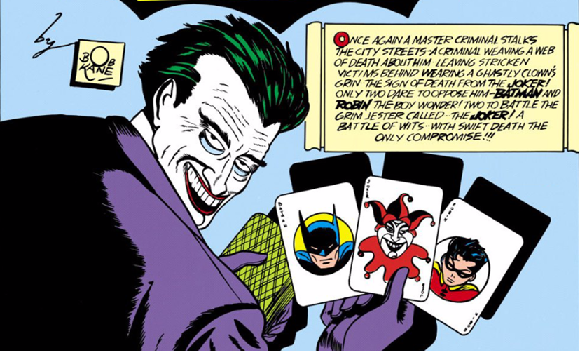 Other popular representations include the comedic presence in The Simpsons’ very own Krusty the Clown. While Krusty remains a much-loved character, the clown has been represented in several episodes of The Simpsons as a subject of fear. In particular, the episode Lisa’s First Word in which, at one year old, Bart receives a scary looking clown bed and refuses to sleep in it for fear that, ‘the clown will eat [him].’ Not to mention, Krusty’s ex-sidekick, Sideshow Bob (played brilliantly by Kelsey Grammer), whose murderous rampage continues throughout the series to this day.
Other popular representations include the comedic presence in The Simpsons’ very own Krusty the Clown. While Krusty remains a much-loved character, the clown has been represented in several episodes of The Simpsons as a subject of fear. In particular, the episode Lisa’s First Word in which, at one year old, Bart receives a scary looking clown bed and refuses to sleep in it for fear that, ‘the clown will eat [him].’ Not to mention, Krusty’s ex-sidekick, Sideshow Bob (played brilliantly by Kelsey Grammer), whose murderous rampage continues throughout the series to this day.
Clowning Around In The 80’s
The late 1980’s played a substantial part in the evolution of the killer clown, with such movies as Out of the Dark (1988), Clownhouse (1989) and my personal favourite, Killer Klowns from Outter Space (1988). Huge amounts of black humour combined with hideous puppetry and costumes brought our darkest fears to life. They may look pretty silly to us now, but they paved the way for the portrayal of the killer clown and how they would appear in future productions.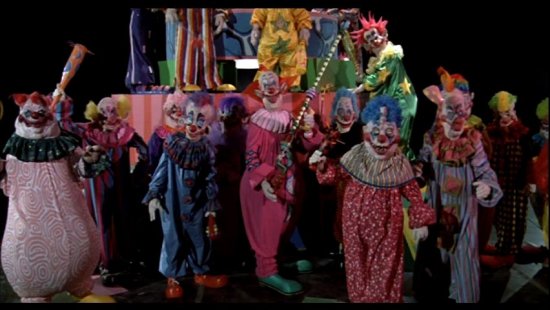
A Real Life Killer Clown
A major influence on the birth of the killer clown is the real life story of John Wayne Gacy. For those of you who don’t know, Gacy was a children’s entertainer who raped, tortured and murdered at least 33 boys and young men between 1972 and 1978 in Cook County, Illinois.
What came first, the chicken or the egg? While Gacy’s nickname was “Killer Clown”, he allegedly never actually wore his costume during his killing spree. However, he has been the subject of several movies, including To Catch a Killer (1992) and more recently the biographical film, Gacy (2003), and is most likely an influence to other horror productions to date.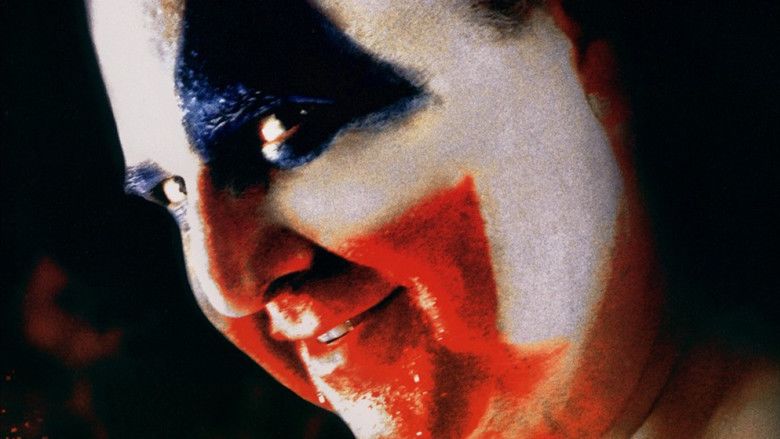 The ‘Creepy Clown” epidemic struck several cities in America, in which locals would be terrorised by people wearing grotesque clown masks and often carrying a large knife or baseball bat. The first sighting of these killer clowns was in a small town in South Carolina, when a boy told his mother that two clowns tried to lure him into the forest. When the story hit the news, sightings of copycat killer clowns spread across the country and even as far as Newcastle Upon Tyne, in the United Kingdom, where a boy of 13 was arrested for terrorising a young woman.
The ‘Creepy Clown” epidemic struck several cities in America, in which locals would be terrorised by people wearing grotesque clown masks and often carrying a large knife or baseball bat. The first sighting of these killer clowns was in a small town in South Carolina, when a boy told his mother that two clowns tried to lure him into the forest. When the story hit the news, sightings of copycat killer clowns spread across the country and even as far as Newcastle Upon Tyne, in the United Kingdom, where a boy of 13 was arrested for terrorising a young woman.
A New Epidemic
There have been many depictions of the killer clown in today’s cinema, but only a few have carried any weight or cult following. One of the early directors to find a following was Rob Zombie, who found tremendous success with his 2003 film House of 1000 Corpses and its 2005 sequel The Devil’s Rejects, before releasing his least favourite offering 31 in 2016. 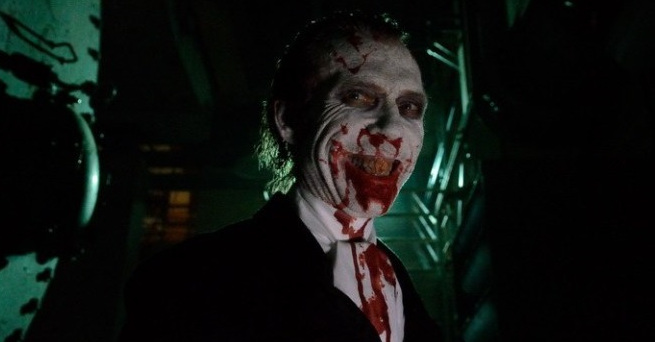
More recently, Spider-Man: Homecoming director Jon Watts based his first feature length movie, Clown, upon a demonic clown suit that traps and possesses whoever wears it. The movie gained a lot of traction in the build up to the release, only to be shunned when it was poorly delivered.
The killer clown hysteria was wearing thin and productions had become relatively quiet. That is, of course, until Muschietti reared his head and gave us a version of Pennywise for a new generation of nightmares. The killer clown has a name, once again, and I could not be less happy about it. In a good way.
So, there you have it for our first edition of Movie Monsters. Pennywise is here to stay, for another sequel at least, but how long before we see a surge of copycat killer clown movies? Let’s just hope they’re movies and not news headlines.
Are there any killer clown movies we haven’t mentioned in our feature that scared you the most? Give us your comments below or find So, Is It Any Good? on Facebook or Twitter.

